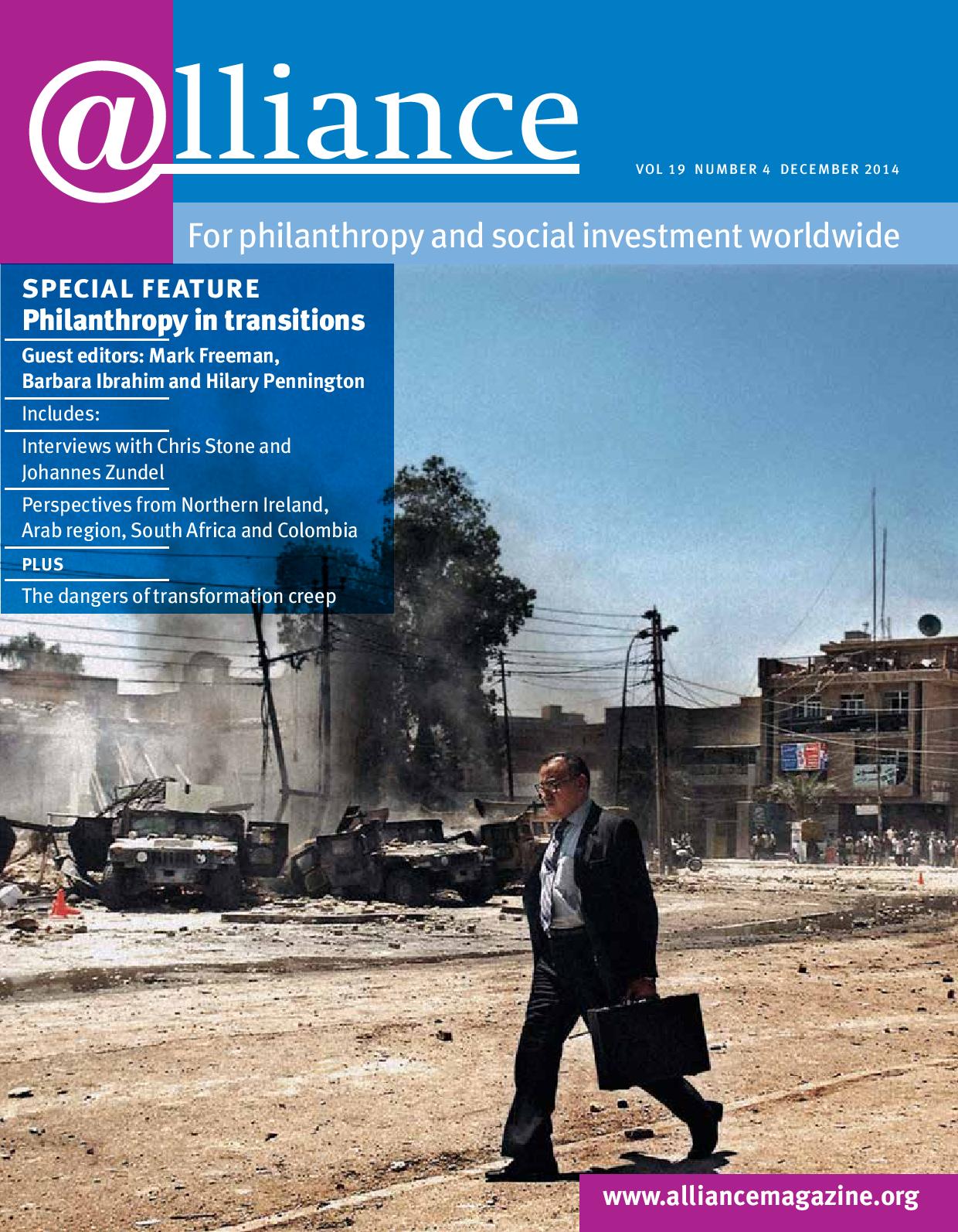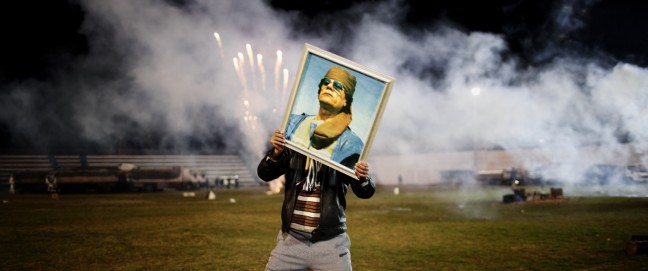‘Our task is to make whole what is broken, unite what is separated, heal what is wounded, and connect across divides.’ Louise Diamond
I can vividly remember a site visit to Sierra Leone shortly after the war in that country ended, when I was a trustee of the New Field Foundation. In one small village we must have seen 40–50 signs denoting all the international donors working there. Even to a casual observer, it was clear that in the absence of any coordinating body the ‘helpers’ were likely to be tripping all over each other. This was confirmed as we heard the frustration from local residents who had had their expectations raised by the arrival of so many disconnected forms of assistance, only to have most of it subsequently withdrawn after a time-limited engagement.
As was the case in Sierra Leone, the challenge of coordinating aid can be significantly exacerbated in times of transition immediately following armed conflict or the collapse of a despotic regime. The ensuing chaos can be intimidating to a private donor.
We believe that private foundations can play a critically important role in incentivizing connectivity and coordination of these disparate elements to facilitate the rebuilding of societies. The crisis is an enormous opportunity for radical social change. As Mark Freeman of the Institute for Integrated Transitions [1] has observed: ‘Transitions should be viewed primarily as invitations to action. They are critical junctures of history when, rather than moving by steps, a society can potentially spring forward and redefine itself for the better.’ Even if our dollars are small, we can act quickly, in a way that governments and large international donors cannot. Being prepared to capitalize on our relative freedom to act at those critical moments can have outsized impact.
If foundations are to use their resources well during transitions a fundamental adjustment in their approach is needed. As ‘strategic’ funders, we are often tightly focused on one organization, one leader, one sub-population or one approach, rather than attending to the entire ecosystem. We may talk about wanting to ‘smash issue silos’, but transitions really put that aspiration to the test. We must be willing to look beyond the usual suspects for those who are connecting the multiple, segregated parts of the system.
Our work has been informed by an early experiment in applying a systems lens to complex global problems. The Global Systems Initiative’s Himalayan/Tibetan Plateau project brought together key actors from diverse sectors affected by the melting of the Himalayan glaciers and explored the resulting political, social, environmental and economic impacts. That experience strongly suggested that it is essential to look at the whole system before drawing conclusions; that concrete and transformative change will result when programmatic and policy walls are eliminated and people have the space to work across differences to identify shared solutions to complex problems. This work has influenced the following practical strategies we have adopted for our grantmaking:
- Know the ecosystem of actors and funders; understand the flow of money from all sources and use philanthropic and/or investment dollars to shore up those aspects that are underfunded, so that the whole system can participate in transitions.
- Provide general support grants to actors trusted by the foundation and by the network on the ground. General support funds are the only funds that can be adapted in rapidly changing circumstances.
- Provide grants to support relationship building, convening and other activities that ‘connect the disconnected’. This is critical both before, during and after conflict.
A time of transition provides the perfect opportunity to apply a systems approach to grantmaking. It forces funders to look at the whole ecosystem and the movements of many actors … not just civil society actors, but all the people and institutions influencing the system. Sometimes we have to drop individual organizations to which we have ties because they are struggling to adapt to working in a systems or movement structure, or it becomes clear that their work is ultimately about the preservation of their own institution and not the overall mission of building an inclusive transition to peace.
At the Compton Foundation we are still a work in progress; we have much more to learn in order to refine this approach to our peace-building portfolio. But we continue to be inspired by Louise Diamond’s question: what would our world look like if we acted as if everything is interconnected? Because it really is.
Ellen Friedman is executive director of the Compton Foundation. Email ellen@comptonfoundation.org
Footnotes
- ^ The Compton Foundation is supporting the start-up phase of the Institute for Integrated Transitions.







Comments (0)